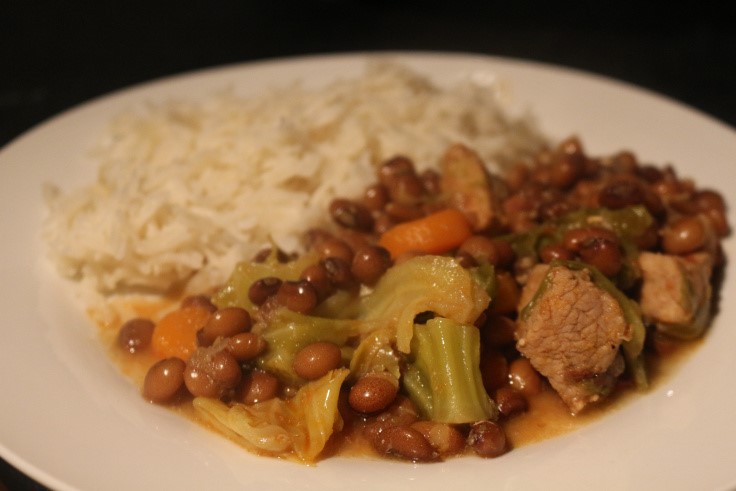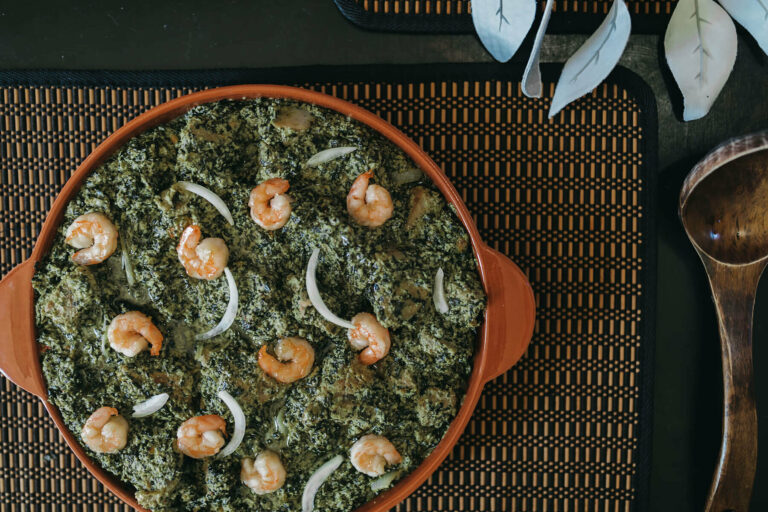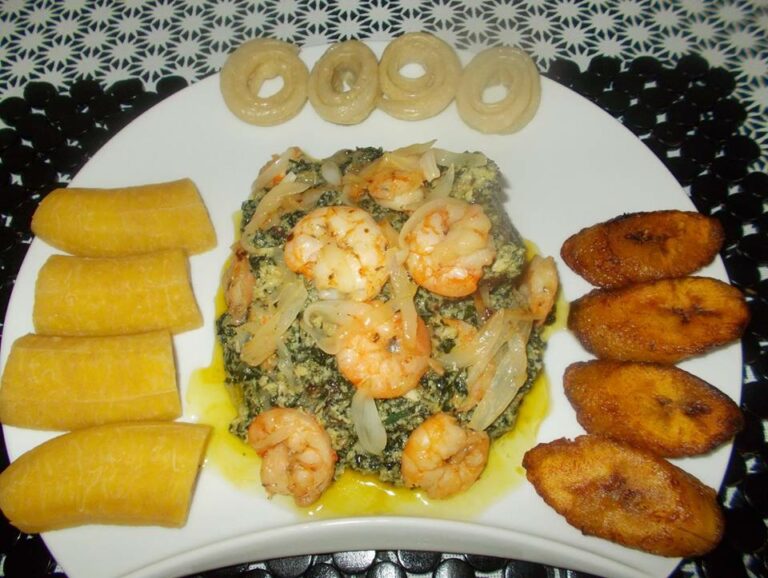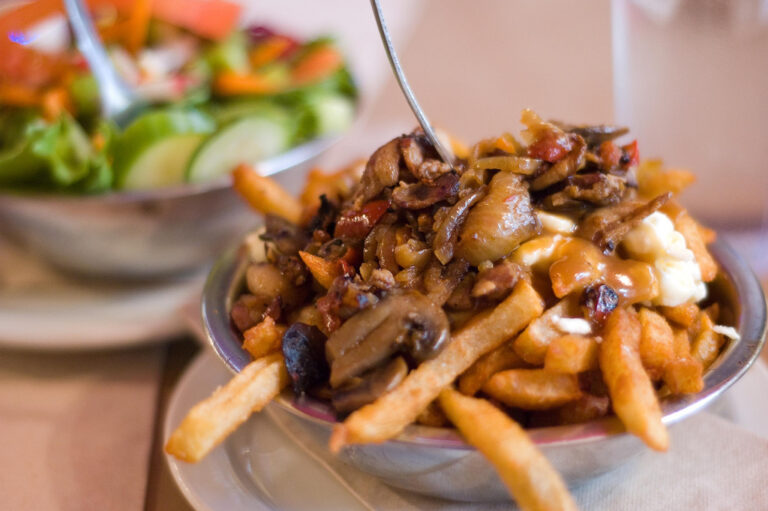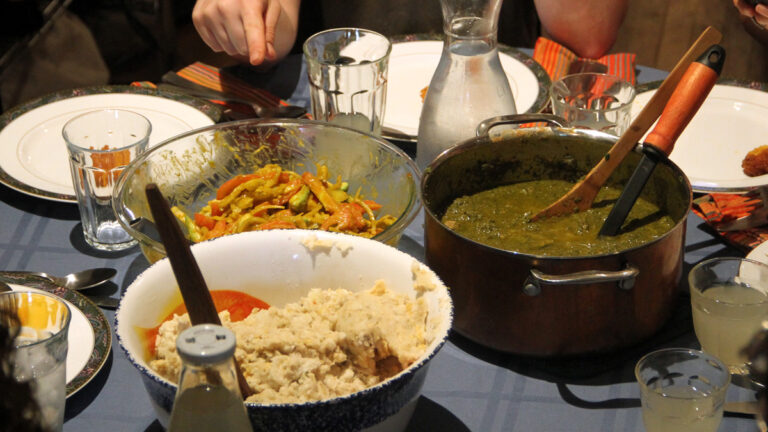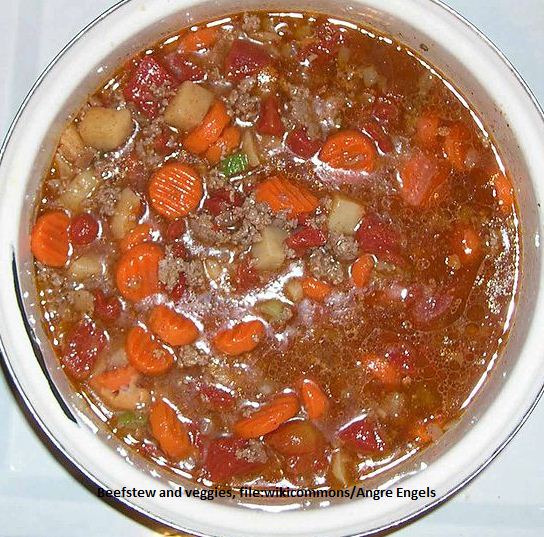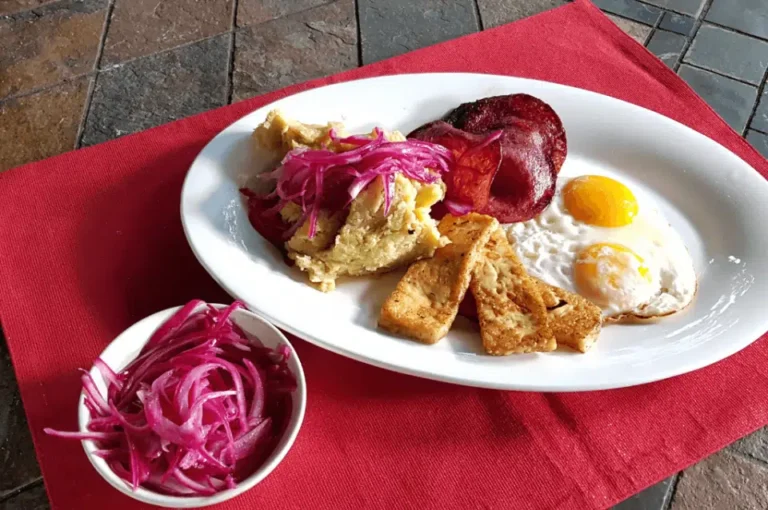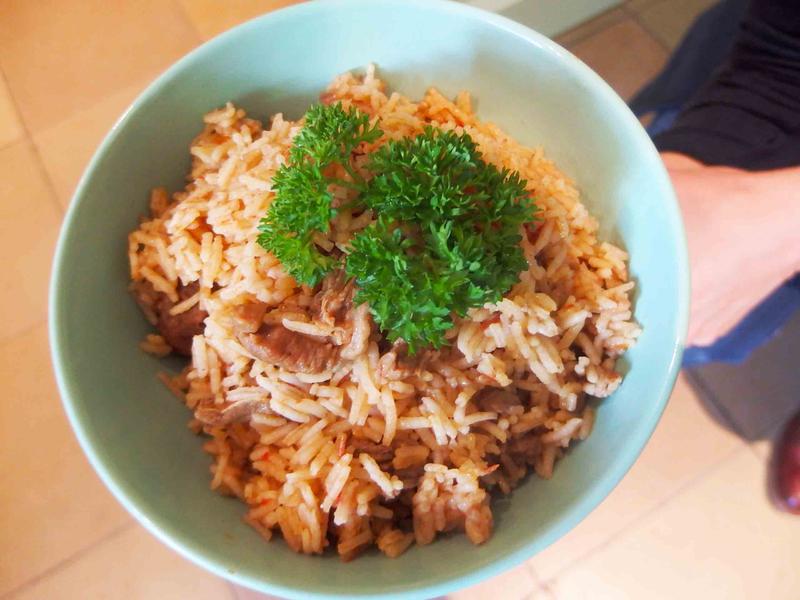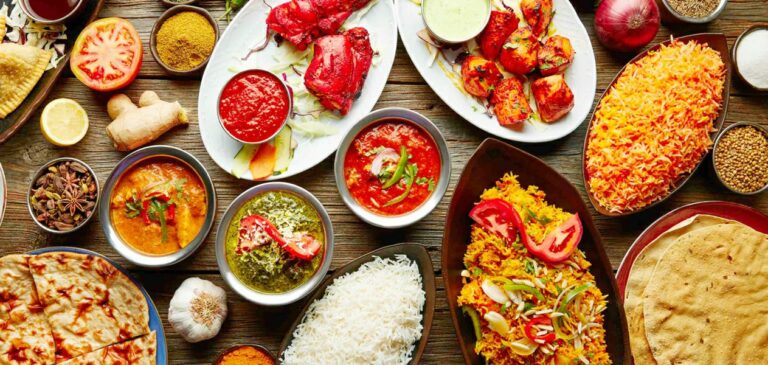Introduction to Cabo Verdean Cuisine
Cabo Verde is a group of ten volcanic islands located off the coast of West Africa, known for its unique blend of African and Portuguese cultures. The country’s cuisine is heavily influenced by its geography, history, and climate. The dishes are often simple but flavorful, featuring a variety of fresh seafood, meats, vegetables, and grains.
The Role of Spices and Herbs
Spices and herbs play a crucial role in Cabo Verdean cuisine, adding depth, aroma, and flavor to the dishes. The country’s cuisine has been shaped by centuries of trade with other countries, including Portugal, Brazil, and Africa. As a result, Cabo Verdean dishes often incorporate a mix of spices and herbs from these regions, creating a unique and flavorful blend.
The Key Spices in Cabo Verdean Dishes
Some of the most commonly used spices and herbs in Cabo Verdean cuisine include coriander, paprika, bay leaves, garlic, and cinnamon. These ingredients are used in various combinations to create dishes that are both savory and aromatic.
Coriander: A Staple in Cabo Verdean Cooking
Coriander is a staple in Cabo Verdean cooking, used in a variety of dishes, including stews, soups, and sauces. The herb has a bright, citrusy flavor and is used to add freshness and depth to the dishes. It is often paired with garlic and onions to create a rich, flavorful base for the dishes.
Paprika: The Smoky Spice of Cabo Verdean Cuisine
Paprika is a smoky spice that is commonly used in Cabo Verdean dishes. The spice is made from ground red peppers and is used to add depth and heat to the dishes. It is often used in stews, soups, and sauces, as well as on grilled meats and fish.
Bay Leaves: Aromatic Flavor in Cabo Verdean Stews
Bay leaves are a common ingredient in Cabo Verdean stews and soups, adding an aromatic flavor to the dishes. The leaves are added to the dishes while they are cooking, infusing them with a subtle, earthy flavor. Bay leaves are also used in marinades and rubs for meats and fish.
Garlic: The Flavor Enhancer in Cabo Verdean Cuisine
Garlic is a flavor enhancer that is used in a variety of Cabo Verdean dishes. The ingredient is used to add depth and richness to the dishes, often paired with onions and peppers to create a flavorful base. Garlic is used in stews, soups, sauces, and marinades, as well as on grilled meats and fish.
Cinnamon: A Sweet and Fragrant Spice in Cabo Verdean Desserts
Cinnamon is a sweet and fragrant spice that is commonly used in Cabo Verdean desserts. The spice is used to add warmth and depth to the dishes, often paired with sugar and nutmeg to create a rich, aromatic flavor. Cinnamon is used in desserts such as bolo de mel (honey cake) and pudim de leite (milk pudding).
In conclusion, the use of spices and herbs is fundamental in Cabo Verdean cuisine. These ingredients not only add flavor but also showcase the country’s rich cultural history and diverse culinary influences. So, if you ever have the opportunity to try Cabo Verdean cuisine, be sure to savor the unique and aromatic blend of spices and herbs that make it so special.

